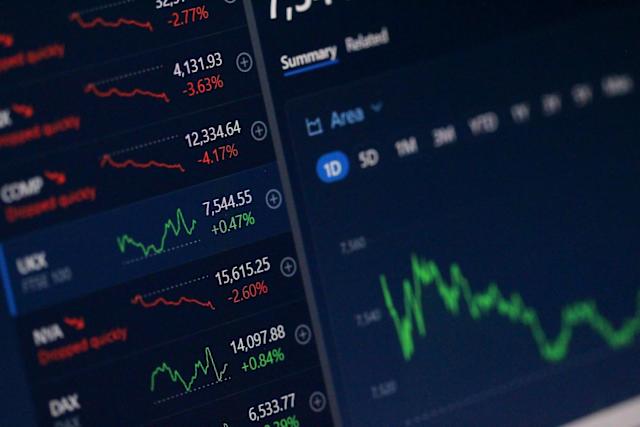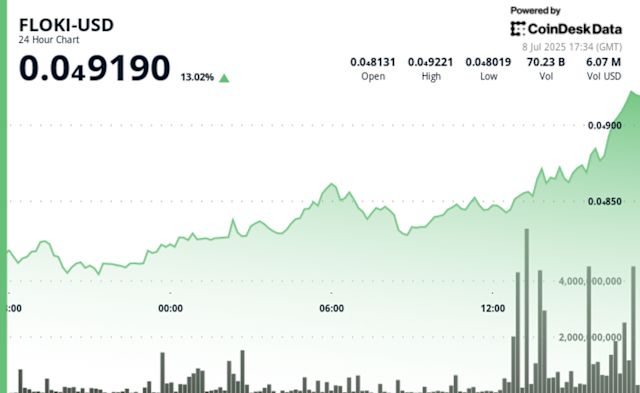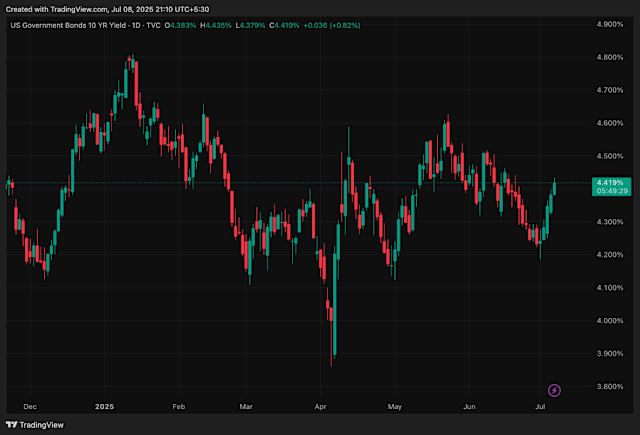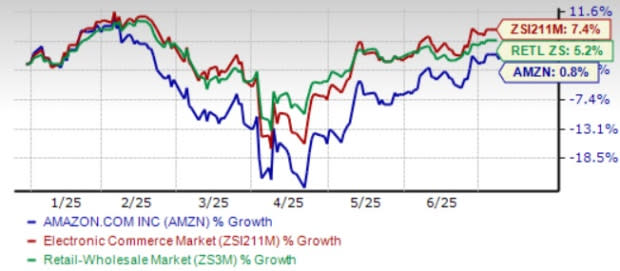
OPEC+ never fails to surprise speculators and market analysts. This weekend’s meeting to decide August production levels was expected to be a short routine video call to announce another output hike of 411,000 barrels per day (bpd).
Short it was, but the size of the increase for August was bigger than expected— 548,000 bpd. The eight OPEC+ members that are unwinding the cuts are expected to make another supersized increase in September, with which the 2.2 million bpd cuts will all be back on the market, at least the headline figures suggest so.
However, no one is really sure by how much OPEC+ is actually raising oil production these days because some producers are pumping less than quotas to compensate for previous overproduction. Analysts concur that the supersized hikes are not that supersized.
Summer Demand
OPEC+ continues to rely on strong summer oil demand to absorb the additional barrels. The physical market appears to be tight in the near term, although the coming glut in the autumn and beyond is likely to push oil prices further down.
Oil didn’t collapse following this weekend’s OPEC+ decision—a sign that there isn’t immediate fear of oversupply and that the market hasn’t shaken off entirely geopolitics-driven volatility.
Immediately after the OPEC+ meeting, Saudi Arabia raised the official selling price (OSP) for its crude destined for Asia and Europe in August, betting on robust summer demand to soak up the additional supply.
Related: U.S.-Colombia Diplomatic Clash Rattles Energy and Mining Stocks
Current oil prices in the $60s per barrel are likely to encourage buying in Asia, as China continues to stockpile crude with high purchases at lower oil prices.
May and June arrivals are set to be strong as cargoes contracted a month or two earlier were at prices near four-year lows.
But much of the July, and especially August, supply was likely contracted in June, when oil spiked to four-month highs amid the Israel-Iran war. This suggests that Asian buyers, including top Asian crude importers China and India, likely bought lower volumes when prices were high.
Since the ceasefire announced by U.S. President Donald Trump at the end of June, prices have largely returned to pre-conflict levels, allowing again price-sensitive opportunistic buyers to seek more supply.
The current oil price, with Brent Crude in the high $60s per barrel, is the “right place” for crude prices, AS Sahney, chairman of state-owned Indian Oil Corporation, the biggest refiner in India, said earlier this week.
Story Continues“There is still some room for it to go downwards. What I see is very much near to $65, plus or minus one or two dollars, is the right place where we will be comfortable,” Sahney told the NDTV Profit outlet on Monday.
If the strong Asian imports in May were largely due to low oil prices, then overall Asian demand later this summer may disappoint, as volumes contracted in June will be much lower due to the war premium in prices for most of last month.
Hence, demand may not be as strong as it appears to be, Reuters columnist Clyde Russell argues.
Weakness Beyond Summer
The market is still tight in the near term, with the tightness reflected in the strength in the prompt Brent timespread, ING commodities strategists Warren Patterson and Ewa Manthey wrote in a note on Tuesday.
“The expected supply surplus won’t materialise until later this year, when we expect more sustained downward price pressure,” they added.
The middle distillate market is also tightening, more so than the crude market. Gasoil refining margins are rising, while speculators hold the largest net long position – the difference between bullish and bearish bets – in gasoil for a year, according to ING.
In the United States, middle distillate inventories sit at their lowest level in more than two decades for this time of the year, the bank’s strategists noted.
Saudi Aramco’s crude price hikes to all regions for August-loading cargoes also signal that physical markets remain tight, “suggesting the additional barrels can be absorbed—for now,” Ole Hansen, Head of Commodity Strategy at Saxo Bank, wrote in a Monday note.
“In the short term, downside risks to crude appear contained,” Hansen said.
“Compensation cuts from previous overproduction are helping offset new supply, while geopolitical uncertainty in the Middle East continues to discourage aggressive short positioning by speculators.”
Recent consensus-beating economic data from the United States support a steady demand outlook, but continued trade tensions and tariff announcements somewhat dampen the bullish sentiment. In addition, “seasonal demand softening into autumn could emerge as headwinds in the months ahead,” Hansen noted.
Despite signs of current physical market tightness, analysts do not expect prices to top $70 per barrel for a sustained period of time, barring another major escalation in the Middle East.
Growing supply from the OPEC+ group, although not as high as the monthly headline figures suggest, is set to create an oversupply on the market going into autumn, even if summer demand holds strong. On the demand side, peak summer travel season may justify higher supply, but lingering trade and economic uncertainties may cap upside to prices.
By Tsvetana Paraskova for Oilprice.com
More Top Reads From Oilprice.com:
-
'Planeloads of Russians' Touch Down in Iraq as Moscow Eyes Oil, Nuclear Deals
-
Iraq Claims Top Spot Among OPEC Crude Suppliers to the U.S.
-
Russia’s Oil Exports Stagnate as Prices Sink and Sanctions Bite
Read this article on OilPrice.com














